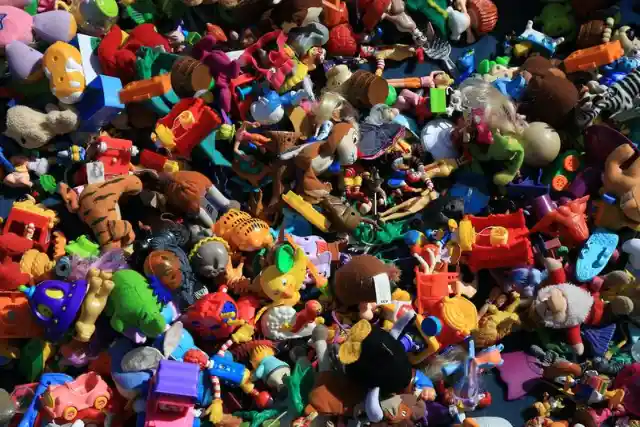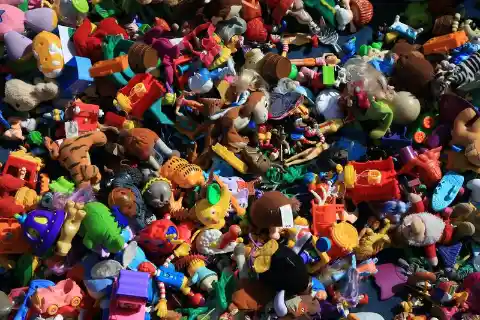A study by the Technical University of Denmark suggests that there are more than 100 harmful chemicals used in plastic toys. The findings of this research could lead to stricter regulations regarding plastic toy materials.


It has long been a public secret that some plastic toys contain elements that can be harmful to our health. But it’s still hard for parents to understand which plastic toys contain these chemicals. Aside from the so-called “chemicals of concern” list, there are currently no international agreements on the substances that shouldn’t be used in toy materials.
To help bring positive change and provide evidence for greater international regulations, researchers from DTU and the University of Michigan joined forces with the UN Environment to analyze chemical functions and amounts found in plastic toy materials.
Researchers tested 419 chemicals found in soft, foam and hard plastic materials that are used to make toys. They identified 126 of those that can potentially harm children’s health. That same study found that kids in Western countries have about 40 pounds of plastic toys on average, which proves the importance of controlling the use of harmful chemicals.


The problem with current toy production is that manufacturers don’t usually offer any information regarding the chemical content of their products. That’s partly because there’s no regulation about it and partly because they are indeed using harmful chemicals. The researchers further outlined safe alternatives to the majority of harmful chemicals they identified.
Although this study is bringing the spotlight on an important issue, there’s still a lot more to be done before official regulations are in place. In the meantime, researchers advise parents to avoid buying plastic toys altogether to reduce the health risk for their children and themselves.